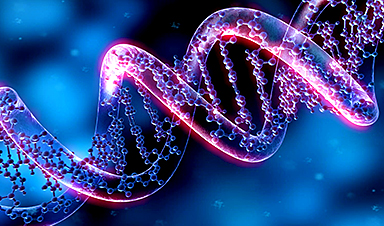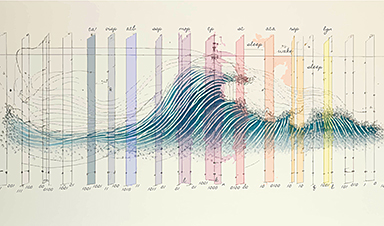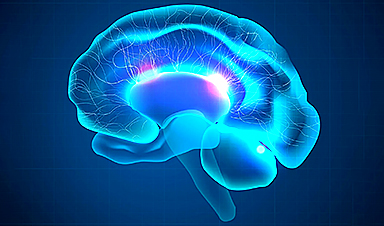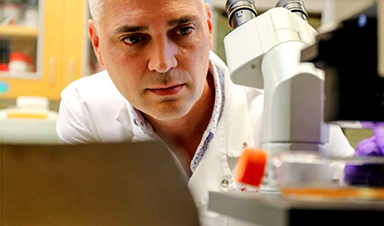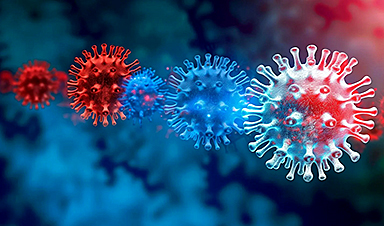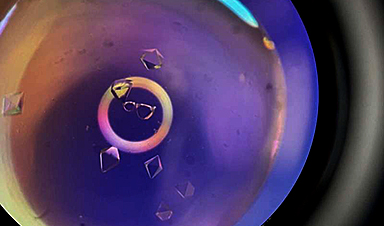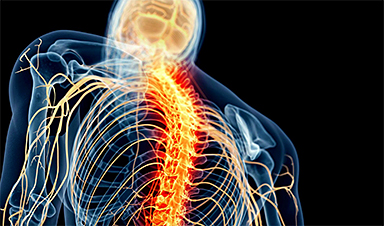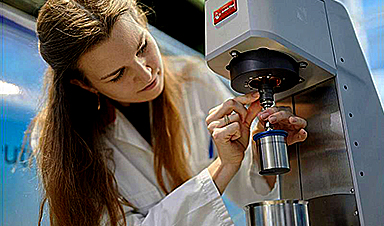Reactive oxygen species (ROS) exhibit the potential to act as signal carriers during the development of malignant tumors. At a suitable concentration, ROS tends to mediate cell growth and signal transduction.
But ROS are known to be a double-edged sword. On becoming surplus, ROS could oxidize proteins, cause damage to the DNA structure and cause cell apoptosis. Furthermore, ROS can induce inflammation at the tumor site, which additionally enhances tumor immunogenicity.
Thus, raising the content of ROS in tumor sites has turned out to be an efficient technique for cancer therapy. Currently, the methods to produce ROS via external stimulations, like radiation sensitization, sonodynamic reaction and photodynamic reaction, are heavily restricted by the laser’s penetration depth, irradiation range of external excitation and safety-related issues of the radiation.
As a result of such issues, chemodynamic therapy has advanced, garnering extensive attention. Chemodynamic therapy makes use of surplus H2O2 in the tumor microenvironment without the need for external energy stimulation to produce ROS via the Fenton reaction.
But the existing therapeutic effect of chemodynamic therapy is considered to be unsatisfactory. This is because the initiation of an efficient Fenton reaction needs surplus H2O2 and rough acidic conditions. Besides exogenous ROS production approaches, increasing the generation of endogenous ROS to curb tumor growth is another potential technique.
Hindering the mitochondrial electron transport chain could improve the generation of ROS. But treating cancer only through increasing endogenous ROS is unsatisfactory, as it is hard to efficiently impede tumor growth with a limited amount of generated endogenous ROS.
Thus, in the field of cancer therapy, it is hard to create approaches for the selective generation of sufficient ROS in the absence of external energy stimulation under mild in vivo conditions.
In the latest research article reported in the Beijing-based National Science Review, researchers from the Changchun Institute of Applied Chemistry of the Chinese Academy of Sciences, China, designed a cascade-responsive ROS generation device with a domino effect and in the absence of external stimulation for the particular generation of numerous severe ROS storms at the tumor site.
The co-authors of the study Yang Liu, Yinghui Wang, Shuyan Song, and Hongjie Zhang have discovered that the simple introduction of the synthesized ZnO2@Ce6/CaP@CPPO/BSA nanobomb into the tumor would induce a “domino effect.”
This in turn could activate the production of several ROS storms and Ca2+ overload, as well as efficiently activate the systemic immune response while hindering the growth of primary tumors. Furthermore, tumor metastasis can be efficiently avoided by adjuvant treatment with anti-CTLA4 checkpoint blockers.
This study received financial support from the National Natural Science Foundation of China, the Strategic Priority Research Program of the Chinese Academy of Sciences, and the Youth Innovation Promotion Association of the Chinese Academy of Sciences.
News
The Silent Battle Within: How Your Organs Choose Between Mom and Dad’s Genes
Research reveals that selective expression of maternal or paternal X chromosomes varies by organ, driven by cellular competition. A new study published today (July 26) in Nature Genetics by the Lymphoid Development Group at the MRC [...]
Study identifies genes increasing risk of severe COVID-19
Whether or not a person becomes seriously ill with COVID-19 depends, among other things, on genetic factors. With this in mind, researchers from the University Hospital Bonn (UKB) and the University of Bonn, in [...]
Small regions of the brain can take micro-naps while the rest of the brain is awake and vice versa
Sleep and wake: They're totally distinct states of being that define the boundaries of our daily lives. For years, scientists have measured the difference between these instinctual brain processes by observing brain waves, with [...]
Redefining Consciousness: Small Regions of the Brain Can Take Micro-Naps While the Rest of the Brain Is Awake
The study broadly reveals how fast brain waves, previously overlooked, establish fundamental patterns of sleep and wakefulness. Scientists have developed a new method to analyze sleep and wake states by detecting ultra-fast neuronal activity [...]
AI Reveals Health Secrets Through Facial Temperature Mapping
Researchers have found that different facial temperatures correlate with chronic illnesses like diabetes and high blood pressure, and these can be detected using AI with thermal cameras. They highlight the potential of this technology [...]
Breakthrough in aging research: Blocking IL-11 extends lifespan and improves health in mice
In a recent study published in the journal Nature, a team of researchers used murine models and various pharmacological and genetic approaches to examine whether pro-inflammatory signaling involving interleukin (IL)-11, which activates signaling molecules such [...]
Promise for a universal influenza vaccine: Scientists validate theory using 1918 flu virus
New research led by Oregon Health & Science University reveals a promising approach to developing a universal influenza vaccine—a so-called "one and done" vaccine that confers lifetime immunity against an evolving virus. The study, [...]
New Projects Aim To Pioneer the Future of Neuroscience
One study will investigate the alterations in brain activity at the cellular level caused by psilocybin, the psychoactive substance found in “magic mushrooms.” How do neurons respond to the effects of magic mushrooms? What [...]
Decoding the Decline: Scientific Insights Into Long COVID’s Retreat
Research indicates a significant reduction in long COVID risk, largely due to vaccination and the virus’s evolution. The study analyzes data from over 441,000 veterans, showing lower rates of long COVID among vaccinated individuals compared [...]
Silicon Transformed: A Breakthrough in Laser Nanofabrication
A new method enables precise nanofabrication inside silicon using spatial light modulation and laser pulses, creating advanced nanostructures for potential use in electronics and photonics. Silicon, the cornerstone of modern electronics, photovoltaics, and photonics, [...]
Caught in the actinium: New research could help design better cancer treatments
The element actinium was first discovered at the turn of the 20th century, but even now, nearly 125 years later, researchers still don't have a good grasp on the metal's chemistry. That's because actinium [...]
Innovative Light-Controlled Drugs Could Revolutionize Neuropathic Pain Treatment
A team of researchers from the Institute for Bioengineering of Catalonia (IBEC) has developed light-activated derivatives of the anti-epileptic drug carbamazepine to treat neuropathic pain. Light can be harnessed to target drugs to specific [...]
Green Gold: Turning E-Waste Into a Treasure Trove of Rare Earth Metals
Scientists are developing a process inspired by nature that efficiently recovers europium from old fluorescent lamps. The approach could lead to the long-awaited recycling of rare earth metals. A small molecule that naturally serves [...]
Cambridge Study: AI Chatbots Have an “Empathy Gap,” and It Could Be Dangerous
A new study suggests a framework for “Child Safe AI” in response to recent incidents showing that many children perceive chatbots as quasi-human and reliable. A study has indicated that AI chatbots often exhibit [...]
Nanoparticle-based delivery system could offer treatment for diabetics with rare insulin allergy
Up to 3% of people with diabetes have an allergic reaction to insulin. A team at Forschungszentrum Jülich has now studied a method that could be used to deliver the active substance into the [...]
Nanorobot kills cancer cells in mice with hidden weapon
Researchers at Karolinska Institutet in Sweden have developed nanorobots that kill cancer cells in mice. The robot's weapon is hidden in a nanostructure and is exposed only in the tumor microenvironment, sparing healthy cells. [...]

